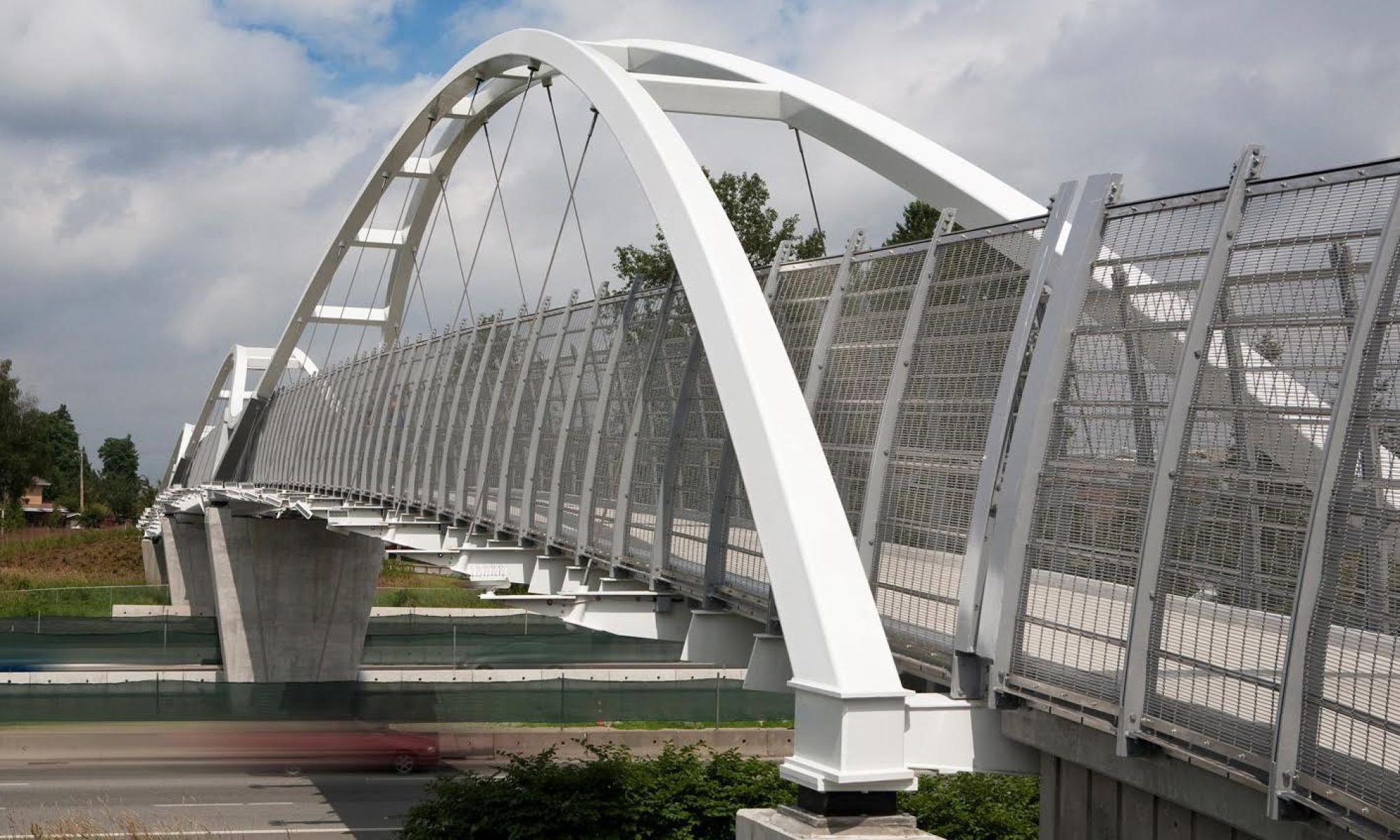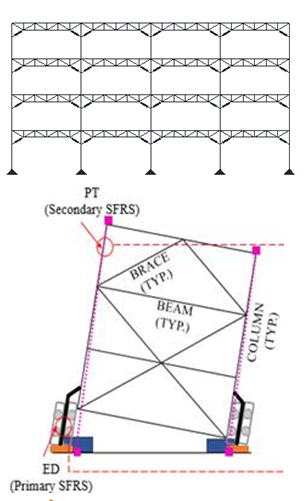Description
Recent earthquakes in Japan and New Zealand have shown that even the most developed countries with modern building codes still vulnerable to strong earthquake shaking. Does the issue lie in our fundamental approach to absorb the earthquake energy through inelastically deformation of the structural components? This design approach leads to unrecoverable structural damages and hefty social and financial losses.
The loss due to earthquakes can be minimized by high-performance earthquake resilient structures, instilled with designated structural fuses, analogous to electrical fuses, to dissipate the sudden surge of seismic energy. This design philosophy can achieve higher performance by allowing the structure to recover efficiently and economically after strong shaking. Innovative earthquake resilient structures have been developed in the past and its practical design procedures need development at the practise level.
In this presentation, a novel design procedure named Equivalent Energy-based Design Procedure (EEDP) for fused structures in earthquake applications will be presented. EEDP allows practicing engineers to select their structure’s performance objectives at different levels of seismic shaking intensities. With this methodology, engineers can efficiently select their structural member sizes to achieve the desired structural period, strength and deformation with simplified hand calculation without iteration thereby making it very practical and useful for the seismic engineering design communities. Two innovative earthquake resilient structural systems – Linked Column Frame (LCF) and Fused Truss Moment Frames (FTMF) shall be presented using EEDP. Nonlinear dynamic analyses that were conducted to examine the performance of these two innovative fused structural systems shall be comparatively reviewed to summarize how the proposed EEDP methodology is able to achieve the engineer-defined performance, and thereby making this an ideal design procedure for practicing engineers.
For more information visit http://smartstructures.civil.ubc.ca.
Presenter: Prof. Tony T.Y. Yang, Ph.D., P.Eng., University of British Columbia, Vancouver
Date: Wednesday January 22
Time: Refreshments at 6:00 pm; Presentation at 6:30 pm
Venue: Room C300, UBC Robson Square, 800 Robson Street, Vancouver
Brochure


